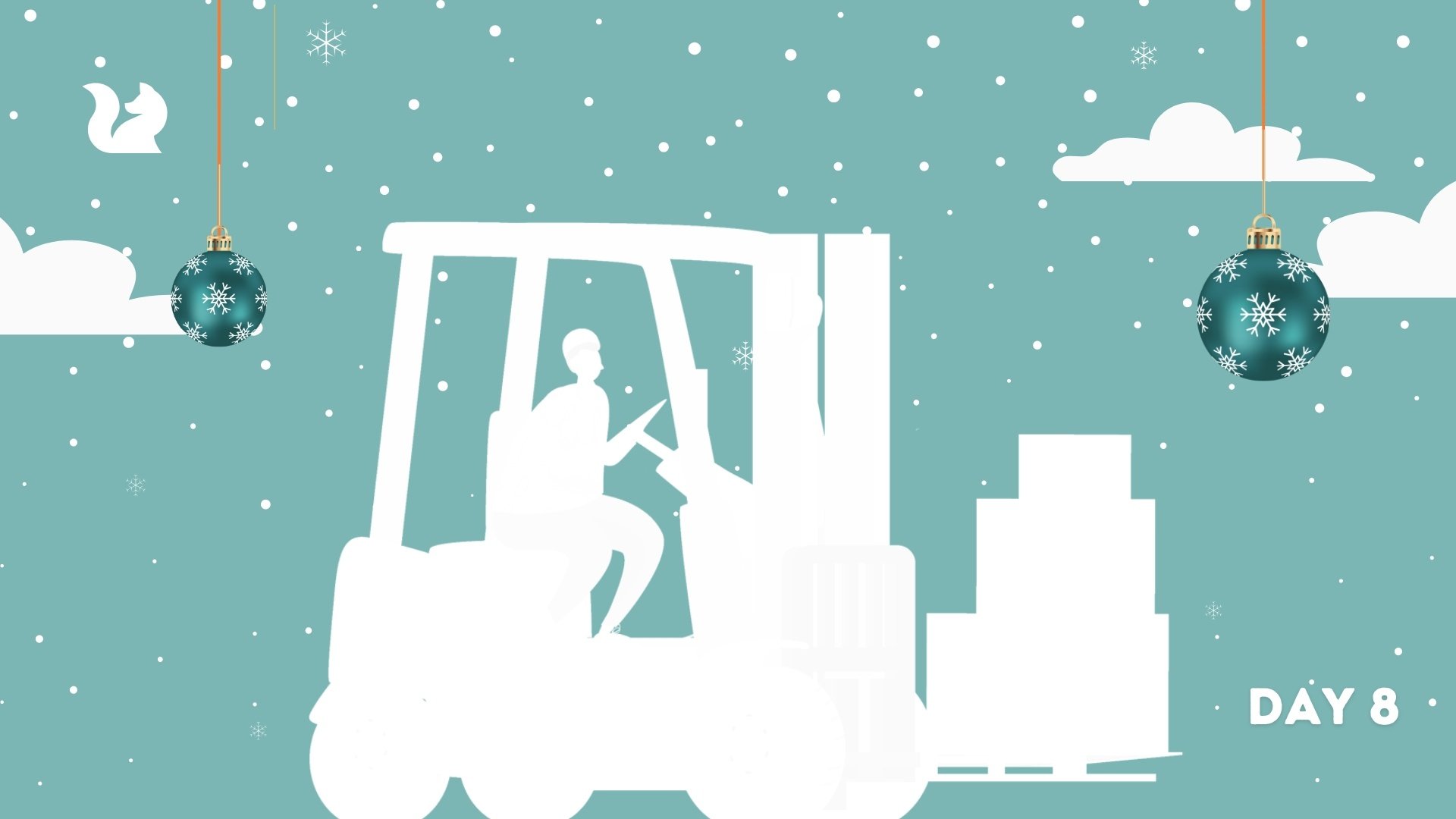10 Inventory Management Techniques For Better Profit Margins
If you’ve ever gone to purchase something online and gotten an “out of stock” message, you know the pains of poor inventory management. It can...

In today’s eCommerce world, consumers expect speedy delivery. This can cut deeply into profits if not done strategically. One strategy to help ensure timely delivery is inventory splitting, sometimes known as multi-warehousing.
Inventory splitting is the practice of distributing inventory across multiple locations to get it as close to your customers as possible. The purpose is to help reduce transit time and save on overall shipping costs.
Splitting inventory has a number of advantages that can help lower costs, minimize risk, and ultimately grow your business.
When deciding eCommerce strategies, it is important to analyze your customer base. It would not be a great option to split inventory if you are only serving one region, or don’t have enough sales volume to justify the costs. You can analyze high sale zones and see if it is worth it to have your inventory in multiple locations or if one is sufficient.
Distributing inventory across more than one warehouse can be tricky. First, you will need to analyze which zone is the most demanding. This means that you will find out where most of your orders come from, and this will be your high sales zone. Next, you will need to determine which of your products are the highest-sellers in each zone and distribute them to the warehouses accordingly.
Keep in mind, you don’t have to split all of your inventory. Let’s say you sell a high volume of SKU #1 on the east coast and never sell any to the west coast. You can split inventory for SKUs that sell on both coasts, then only have SKU #1 at your east coast warehouse. Ultimately, you know your products and customers the best and will have to make a strategic decision of what inventory to put at each location.
Inventory splitting is one of the best ways to stay competitive in the eCommerce world. It is important to look for a logistics partner, like Brandfox, that can help you make strategic inventory distribution decisions. Contact us today to hear more about our binodal warehouses and how we can help you with your inventory management!
.png)
If you’ve ever gone to purchase something online and gotten an “out of stock” message, you know the pains of poor inventory management. It can...

Order fulfillment is the process of receiving, processing, and delivering products to customers. While that might sound simple, there is much more to...

Efficient inventory management is vital to ensure smooth operations and customer satisfaction. Accurate stock ensures quicker order fulfillment,...